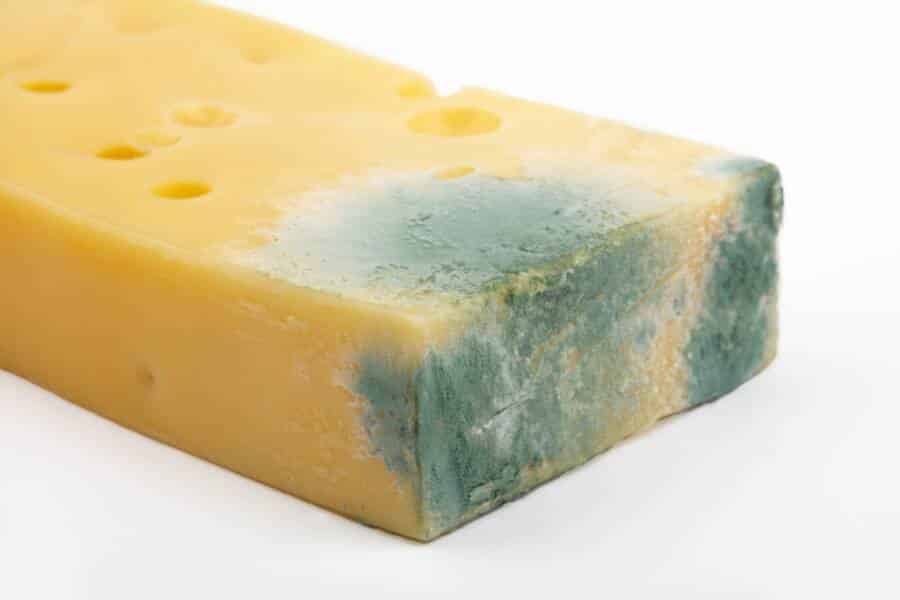
How to avoid it in foods
Even when they notice mold on certain foods, some people simply cut off that part and eat the rest of the product. However, Gravani says that it’s just not worth the health risk.
Aside from the obvious risk of allergy or other reactions, moldy foods also have a different taste – and it’s usually not a good one.
ATTENTION! The U.S. Department of Agriculture recommends you never sniff food with mold to check whether it has mold. If that type of mold could cause adverse reactions, you might end up with severe respiratory issues that require immediate medical assistance.
Cheese
Any cheese that has molds as part of the manufacturing process is usually safe to consume. When it comes to cheese mold that appears on other cheeses, different rules are depending on how it’s processed:
- Hard cheeses can be consumed if you cut off more than one inch around and below the moldy part. Once you cut off that certain piece, make sure to wash the knife thoroughly to avoid spreading the mold on other foods. However, if more than half of the cheese is encrusted with mold, it’s best to discard it altogether.
- Soft cheeses such as cream cheese, cottage cheese, or crumbled/sliced/shredded cheese must be thrown out. Unfortunately, this type of cheese creates the ideal environment for mold which may grow way below the surface; the combination of mold and soft cheese also makes the perfect environment for bacteria that may cause digestive issues.














One Response
Great content and very detailed, thanks so much for sharing. I’m going to completely revamp my kitchen & pantry! I was looking for information on freezer content. How long to keep items.